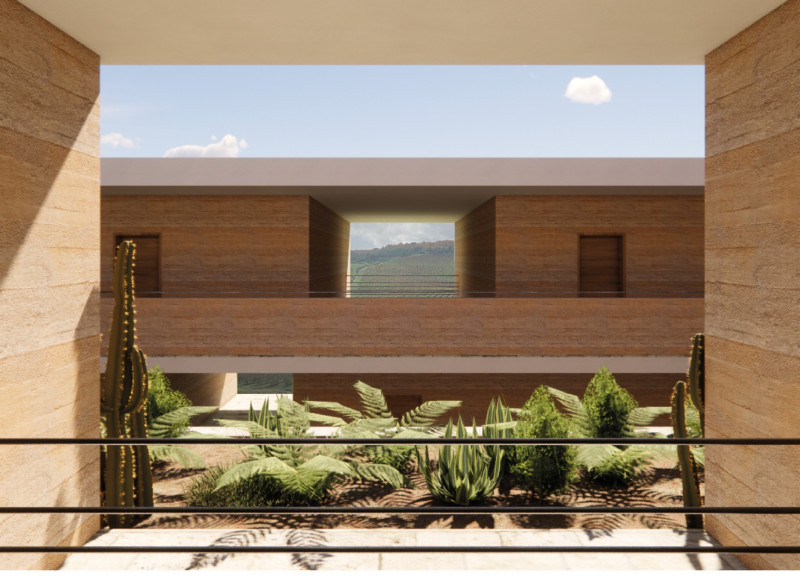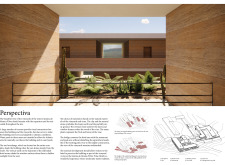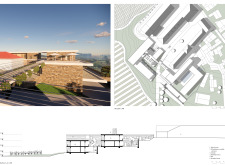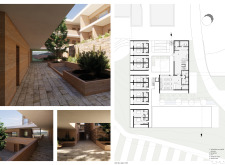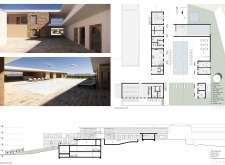5 key facts about this project
The winery expansion is strategically designed to enhance the visitor experience through its layout and material choices. By positioning the building to align with the natural contours of the land, the design promotes a cohesive interaction between architecture and environment. The project aims not only to support the operational needs of the winery but also to create a welcoming atmosphere for guests.
Architectural Integration of Natural Elements
A distinctive feature of this project is its emphasis on natural materials, including stone, wood, and local earth technologies. These materials were chosen for their ability to blend with the vineyard's landscape while providing structural integrity to the buildings. This approach reinforces the winery's identity while ensuring a minimal environmental impact. The careful selection of materials supports durability and sustainability within the architectural design.
The layout consists of various functional areas, including a reception area, wine tasting rooms, a restaurant, and hotel accommodations. Each space is thoughtfully designed to maximize views of the vineyards while prioritizing functionality and user experience. Pathways connect these areas seamlessly, encouraging exploration and engagement with the surrounding agricultural landscape.
Innovative Use of Space and Light
The architectural design employs innovative strategies to manipulate natural light and enhance indoor comfort. Overhangs and strategically placed windows allow for optimal sunlight exposure while mitigating heat gain. This design consideration fosters a pleasant environment, particularly for hospitality spaces where comfort is key. Outdoor terraces and water features further enhance the aesthetic, creating a serene atmosphere for visitors.
In addition to functional design, the project reflects a commitment to sustainability through water management features and green landscaping. Native plant selections contribute to the local ecosystem, while recreational areas invite visitors to engage with the environment in a meaningful way.
For a more comprehensive understanding of the architectural choices and how they shape the visitor experience, explore the project presentation and review the architectural plans, sections, and designs to uncover the underlying design ideas.


